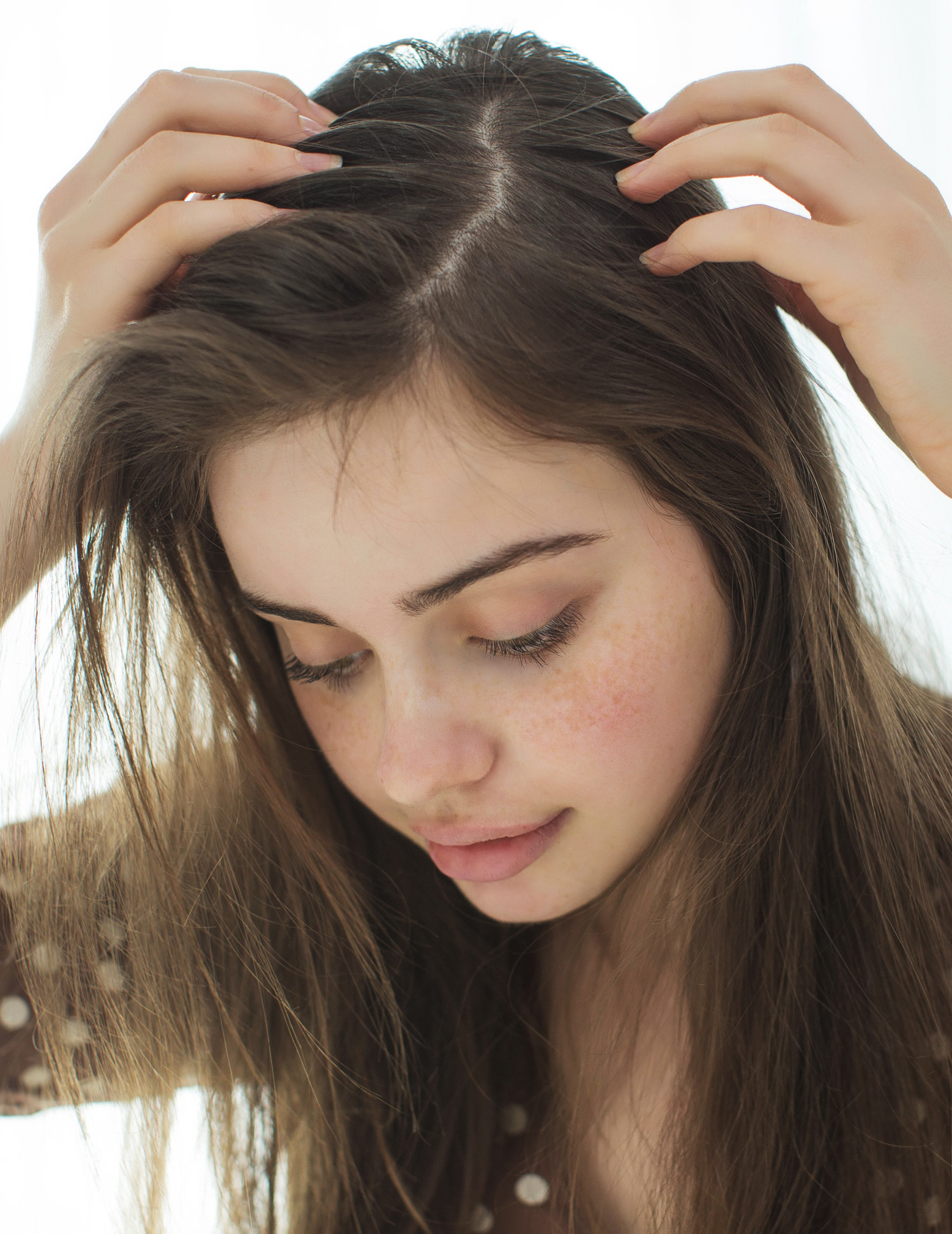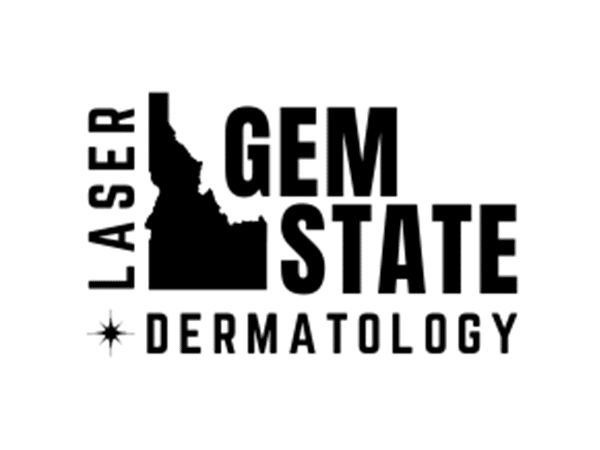
Seborrheic Dermatitis
TREATMENT: There is no cure for seborrheic dermatitis. However, it can be kept under control. The treatment of this depends on the part of the body that is involved. Washing your hair often with medicated shampoos usually improves dandruff. Sometimes it is also necessary to use medicated lotions or gels. The 4 most common active ingredients in over-the-counter medicated shampoos are:
Ketoconazole (Nizoral)
Selenium sulfide (Selsun Blue or the new Head and Shoulders)
Zinc pyrithione (DHS-Zinc or the old Head and Shoulders)
Tar (T/Gel or DHS-T)
Lather shampoo into scalp and leave on 5-10 minutes. Start with one shampoo every other day. If not adequately controlled within a week or two, add a second shampoo and alternate the two shampoos. Work your way through these until you find an effective combination. In addition to shampoos, we sometimes will give you a prescription medication to use. Once under control, gradually use your medicines less and less. It may be possible to stop the medicines completely, but occasional treatment is usually needed. Seborrheic dermatitis can return; if it does, resume the original treatment. If your condition is not controlled by the treatment prescribed, please contact us and return for further evaluation. Please call our office if you have any questions or problems.
ALLERGIC CONTACT DERMATITIS (ACD): Allergic Contact Dermatitis (ACD) occurs when the skin comes in direct contact with an allergen. This activates the body’s immune system, which triggers inflammation. It can occur after being exposed to a new product or after using a product for months or years. Poison ivy and poison oak rashes are caused by an allergy to the resin of rhus plants. You do not have to come in direct contact with the leaves, roots or branches of rhus plants to get the rash. The plant resin can reach your skin indirectly when you touch clothing or a pet that carries the plant protein. Like other allergies, rhus allergy is acquired; you are not born with it. While some lucky people never become allergic to rhus plants, most people become sensitized at some time and remain allergic. Unfortunately, there is no way to desensitize people that are allergic to rhus plants. Many creams, drops, and tablets supposedly produce immunity but are of little value. Some may cause unpleasant side effect therefore we do not recommend them. ACD can also be caused by other substances that come in contact with the skin such as nickel found in jewelry, perfumes, cosmetics and Neosporin.
CONTAGION: ACD is not contagious and if blisters occur they do not spread the rash. ACD does not appear immediately after exposure to the offending agent. This period between exposure to the allergen and appearance of the rash is known as the “latency period.” It may be as short as 4 hours or as long as 10 days, depending on individual sensitivity and the amount of contact. Sometimes more irritation appears after treatment has begun. These new patches are areas that had a longer latency period.
TREATMENT: The first principle of treatment is to avoid further exposure to the offending agent. ACD is self-limited; sooner or later it will clear up even without treatment. Letting nature take its course is reasonable with mild ACD, but severe rashes need treatment to ease the misery and disability they cause. Cortisone taken by mouth very effectively treats this rash. Although all medications have risks, it is usually safe to take this medication for a period of 2-3 weeks. If you have a peptic ulcer, high blood pressure, or diabetes, take cortisone under close medical supervision. Although all medications have risks, long term therapy with cortisone is dangerous and should be avoided if possible.
Topical treatment can relieve some symptoms. Topical steroids are often used to suppress inflammation. Cool compresses can also be soothing. Compress crusted or oozing area for 15 minutes, 2-4 times daily, with a diluted acid mixture. You may use either one cup of tea made with a single tea bag (allow to cool before using), or 2-4 tablespoons of white vinegar in 2 quarts of cool water. Domeboro soaks are an over the counter mixture which can also provide relief. Follow the instructions on the packaging for a 1:40 mixture. Ice packs, cold showers, or baths will temporarily relieve your itching. Improvement in your rash should be prompt and steady, but will depend on getting enough cortisone. If you do not improve steadily, please contact us so we can modify your treatment. Do not put anything on your rash except the medication(s) prescribed, water, Domeboro mixture, tea or the vinegar water mixture. Bathe or shower as usual; however keep the water cool and avoid getting soap on your rash.
PREVENTION: The only way to prevent ACD is to avoid contact with the offending agent. It is traditional advice to wash with soap & water after poison ivy or poison oak exposure. In order to decrease your risk of developing a rash, you must wash within 15 minutes of exposure. Washing with warm water and soap will effectively remove any plant resin from skin, clothing, pets or tools. If you have any other questions or concerns, please do not hesitate to call our office.
We're Here Whenever You Need Us
Phone
Fax
(208) 424-5072
Open Hours
Mon - Fri: 7:30AM - 5:00PM
Address
Boise, ID 83706

